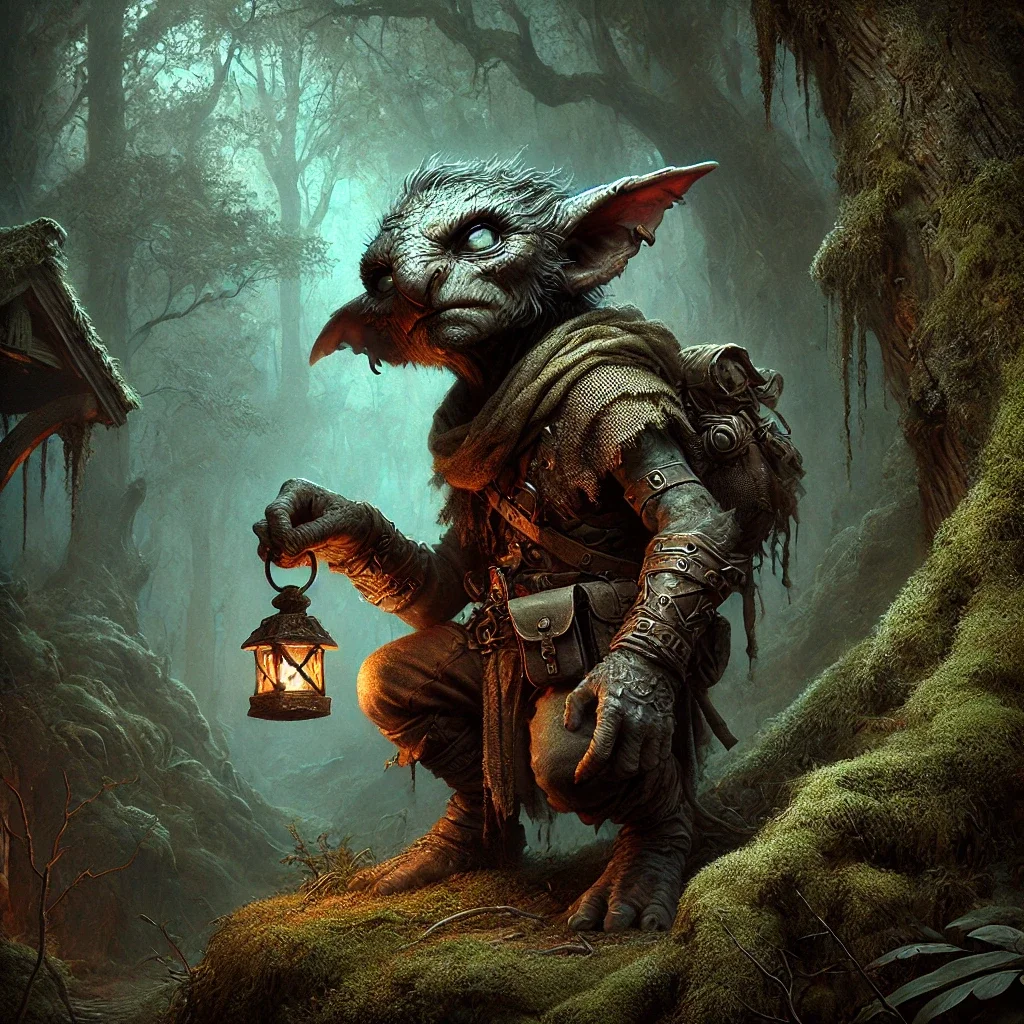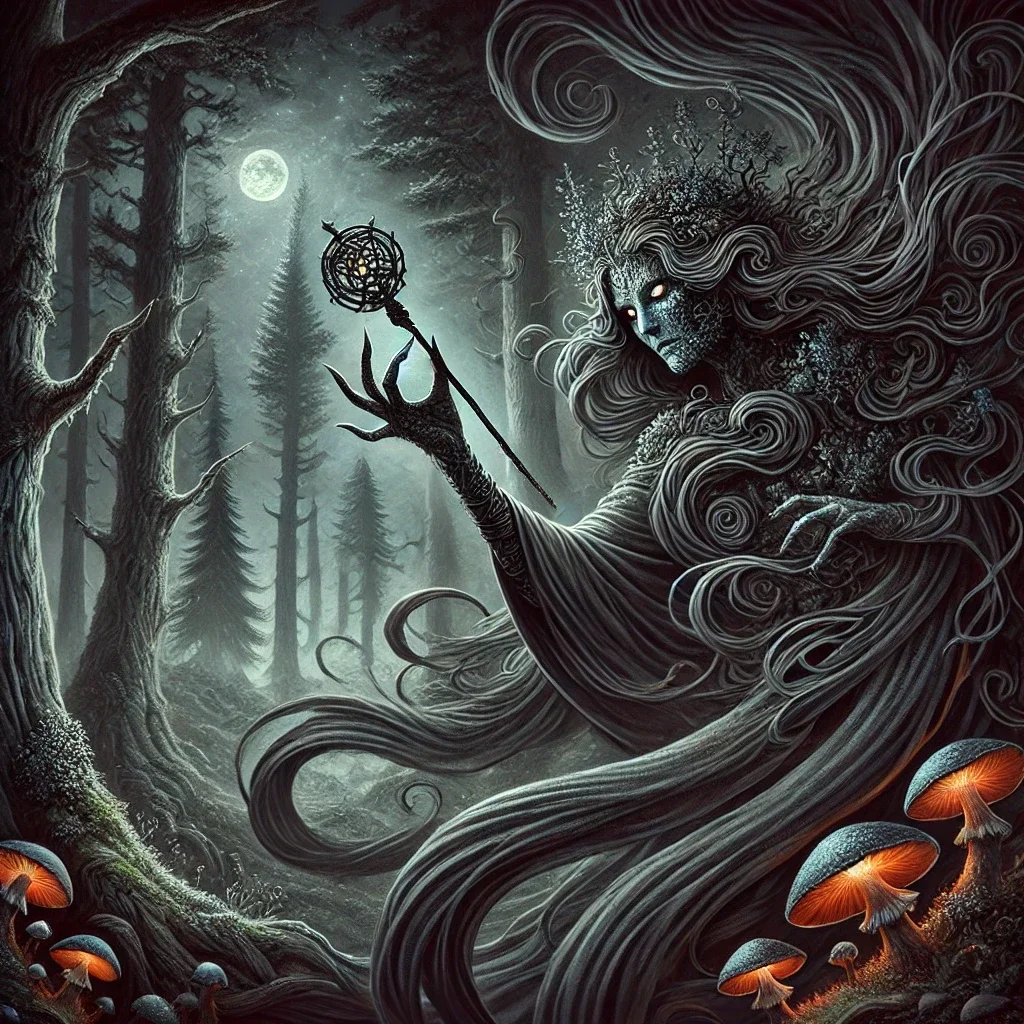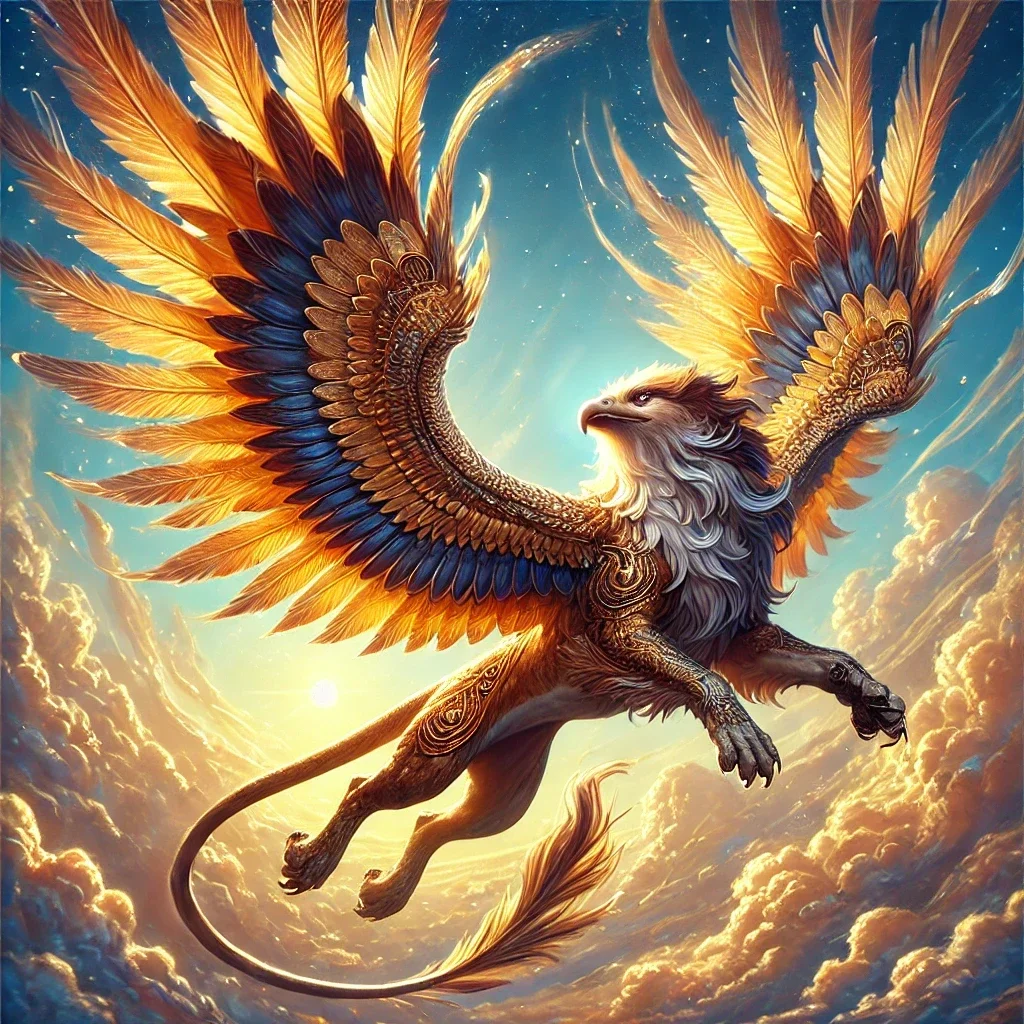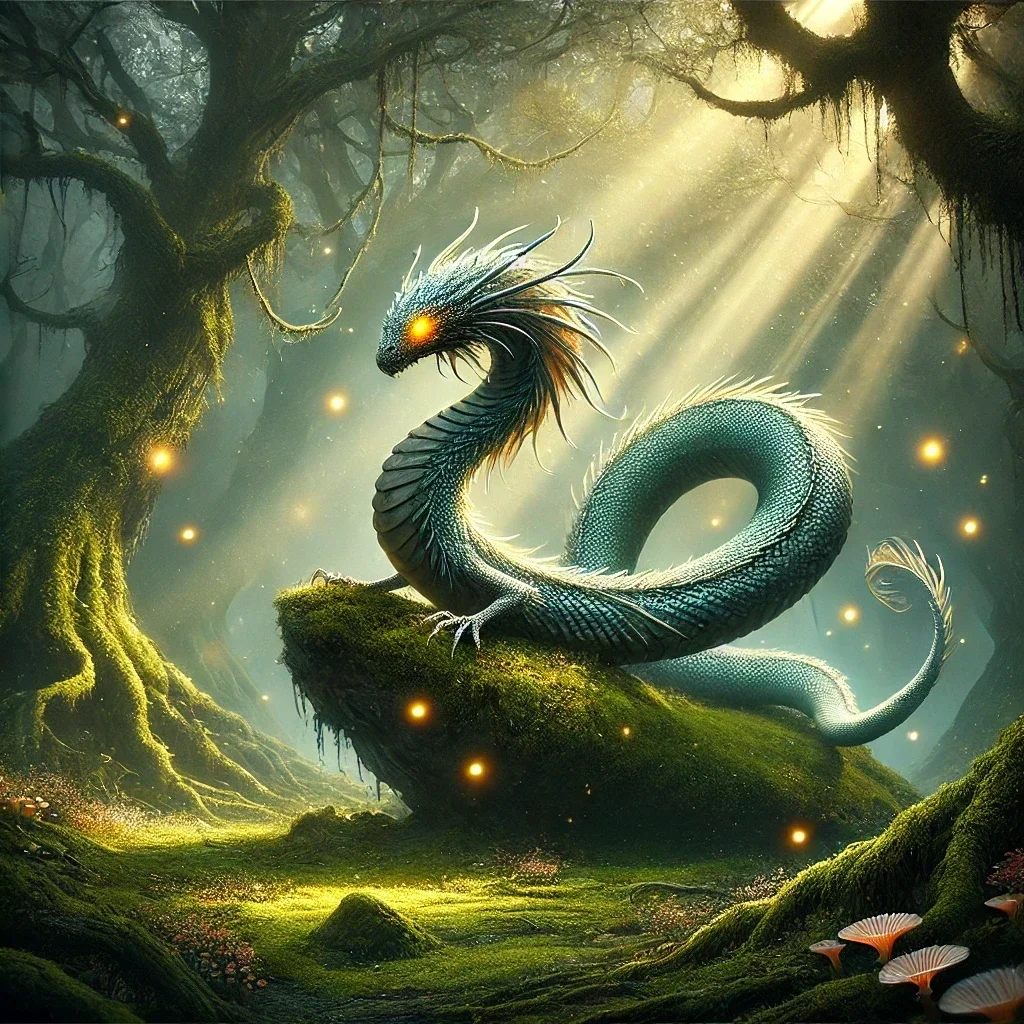Kobolds are fascinating creatures rooted in ancient Germanic mythology, known for their mischievous behavior and association with both household protection and underground riches. These diminutive beings have captured the imagination of storytellers for centuries, inspiring a wide range of myths, legends, and modern reinterpretations. Let’s dive deep into the history, symbolism, and cultural impact of the Kobold.
Historical & Cultural Background
The origins of kobolds can be traced back to early Germanic folklore, with references dating as far back as the Middle Ages. These creatures were believed to inhabit homes, mines, and forests, serving as either helpful or harmful spirits depending on how they were treated by humans. The term “kobold” itself is thought to derive from the Old High German words “kobe” (hut) and “old” (ruler), indicating their role as domestic spirits.
Kobolds in Germanic Culture
In medieval Germany, kobolds were often depicted as household helpers. When properly respected and given offerings such as bread or milk, they would assist with chores and bring good fortune. However, neglect or disrespect could lead to trickery or even malevolence, with kobolds causing mischief by hiding objects or spoiling food.
Evolution Over Time
As European societies evolved, so too did the perception of kobolds. During the mining boom of the Renaissance, they became closely associated with the underground world, often seen as guardians of mineral wealth. This connection gave rise to tales of miners encountering kobolds who would either guide them to riches or curse them with bad luck.
Myths & Legends
Kobold myths are as varied as the regions from which they originate. In some stories, they are benevolent spirits guiding miners or protecting homes, while in others, they are tricksters who delight in causing chaos.
The Helpful Household Spirit
One of the most enduring legends portrays kobolds as household spirits who take residence in a family’s home. They are known to perform small tasks, such as sweeping floors or churning butter, in exchange for offerings. However, forgetting to provide these offerings could result in mischievous retaliation.
Kobolds of the Mines
In mining folklore, kobolds were believed to inhabit tunnels and caverns, ofte
n warning miners of impending danger. While some stories depict them as protective figures, others suggest they would lead greedy or disrespectful miners astray, resulting in accidents or the discovery of useless ore.
Symbolism & Meaning
Kobolds embody a dual nature, symbolizing both protection and chaos depending on the context. This dichotomy reflects the human understanding of the natural and supernatural worlds as forces that must be respected and balanced.
Guardians of Wealth
In their role as protectors of mineral riches, kobolds symbolize the value of hard work and respect for nature. Miners often viewed them as omens, interpreting sightings or strange occurrences as either blessings or warnings.
Tricksters and Mischief-Makers
As mischievous spirits, kobolds also represent the unpredictability of life. Their tricks, while often harmless, serve as reminders to remain humble and respectful, especially toward the unseen forces of the world.
Associated Environments or Ecosystems
Kobolds are intrinsically tied to the environments they are said to inhabit, from cozy homes to dark, mysterious mines and dense forests.
Domestic Settings
In homes, kobolds were believed to take residence in kitchens or hearths, the heart of family life. They were seen as protectors of the household, ensuring prosperity and safety as long as they were treated kindly.
Underground Realms
Mines are perhaps the most iconic setting for kobold legends. Here, they were seen as both guides and guardians, with their presence often linked to the discovery of valuable minerals or the prevention of disasters.
Forests and Wilds
Though less common, some tales place kobolds in forests, where they are depicted as elusive spirits blending into the natural world. In this context, they are often associated with protecting wildlife and maintaining the balance of the ecosystem.
Powers & Abilities
Kobolds are renowned for their supernatural abilities, which vary widely depending on the tale or region.
Shape-Shifting
Many legends attribute kobolds with the power to change their appearance, often taking on human or animal forms to interact with the world.
Magical Craftsmanship
Kobolds are skilled in crafting and manipulating objects, from creating intricate tools to enchanting household items. This ability underscores their association with productivity and industriousness.
Trickery and Illusions
As masters of mischief, kobolds are adept at creating illusions and playing tricks on humans. Their pranks, while rarely harmful, are designed to teach lessons about respect and humility.
Interactions with Humans & Cultural Impact
Kobolds have long been intertwined with human history and culture, influencing everything from religious rituals to modern entertainment.
Folktales and Traditions
In Germanic folklore, kobolds were integral to household and mining traditions. Families would leave offerings to appease them, while miners would perform rituals to gain their favor before venturing underground.
Religious Significance
Some kobold legends hint at a connection to pagan beliefs, where they may have been seen as nature spirits or minor deities. This spiritual aspect faded with the spread of Christianity, but traces of their reverence remain in folklore.
Modern Pop Culture
Today, kobolds are a staple of fantasy literature, games, and films. From their portrayal as cunning adversaries in Dungeons & Dragons to their appearances in video games like World of Warcraft, they have become enduring icons of the fantasy genre.
Connections to Other Creatures
Kobolds share similarities and rivalries with various other mythical beings, reflecting their complex role in folklore.
Elves and Dwarves
In many tales, kobolds are compared to elves and dwarves, sharing traits such as craftsmanship and a connection to nature or underground realms. These parallels highlight their place within the broader tapestry of European mythology.
Goblins and Imps
Kobolds are often grouped with goblins and imps due to their mischievous behavior. However, they are generally portrayed as less malevolent and more nuanced, capable of both good and ill depending on the circumstances.
Interesting Facts & Curiosities
- The word “kobold” is the root of the modern chemical element “cobalt,” named after miners’ tales of kobolds spoiling valuable ore.
- Kobolds were believed to turn invisible at will, making them difficult to catch or outwit.
- Some stories describe kobolds as being able to predict the future, warning humans of danger.
- In mining folklore, hearing a kobold’s knocking was considered a sign of rich mineral deposits nearby.
- Household kobolds were said to be offended if their offerings were inferior, leading to more frequent mischief.
- Kobolds have been portrayed as both humanoid and animal-like in various legends.
- In Scandinavian folklore, creatures similar to kobolds are known as tomte or nisse.
- The association of kobolds with mining led to their depiction as dwarves in many modern adaptations.
- Despite their trickery, kobolds are rarely portrayed as outright evil, reflecting their role as moral teachers in folklore.



